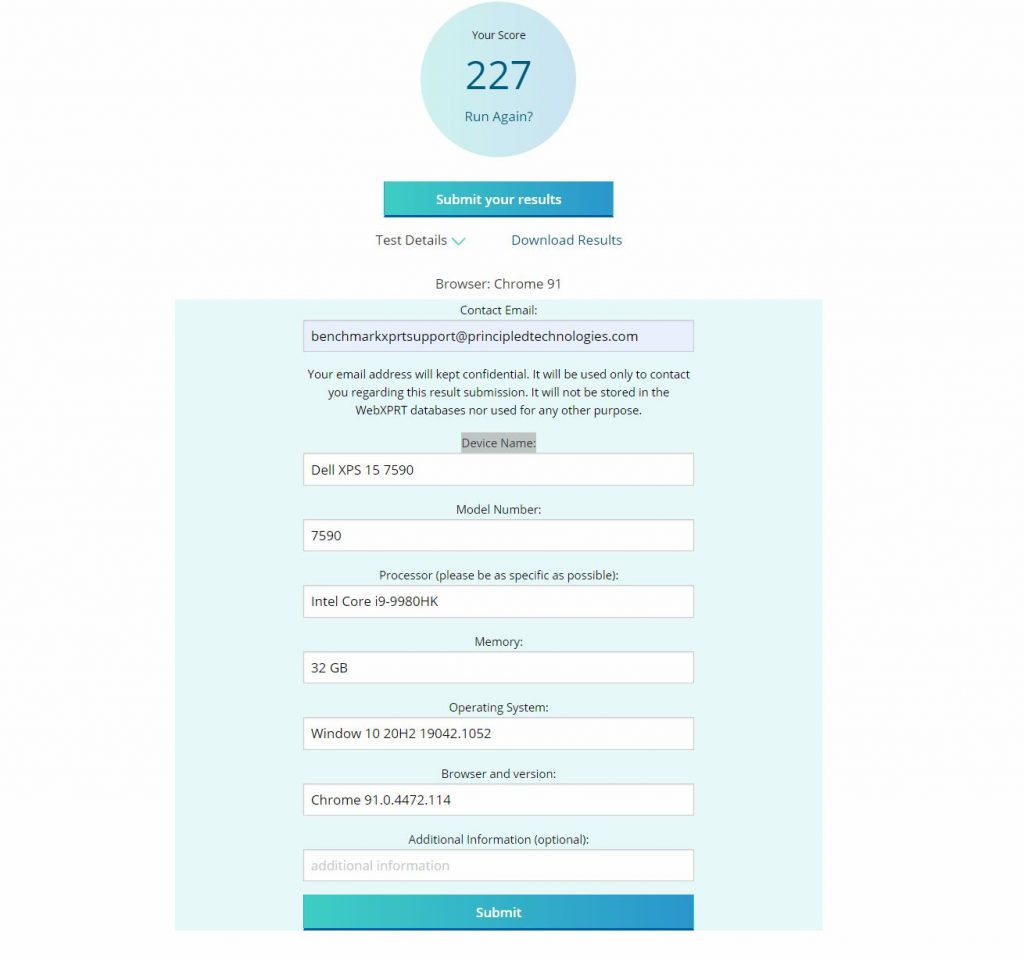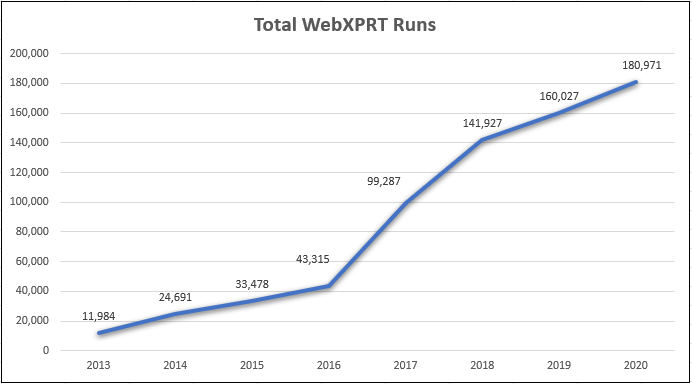We’re putting the last pieces in place for the WebXPRT 4 GA, and expect to take the final build live by this time next week! When we released the WebXPRT 4 Preview and encouraged testers to submit and publish results, we said we’d try to limit any changes to things that would not affect test scores. We’re happy to report that we’ve achieved that goal, and Preview testing results are comparable with GA build results.
If you missed the blog post about the differences between WebXPRT 3 and WebXPRT 4, we encourage you to check it out. Everything we mentioned about the general and workload-specific changes in the Preview build holds true for the upcoming GA.
Keep an eye on the blog and WebXPRT.com for more information in the coming week. We look forward to seeing your test results!
Justin














